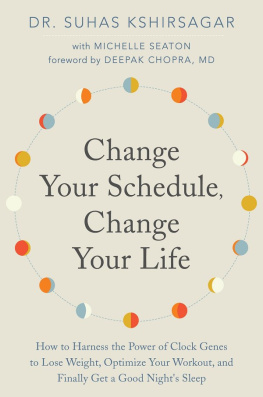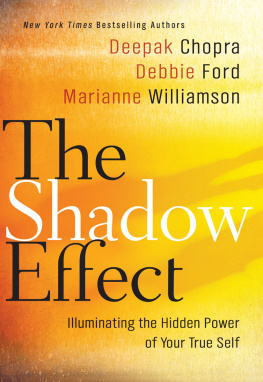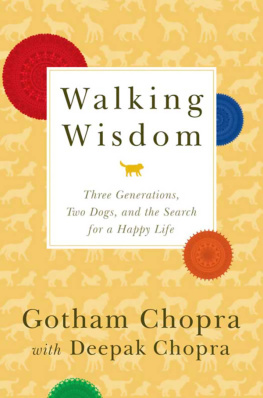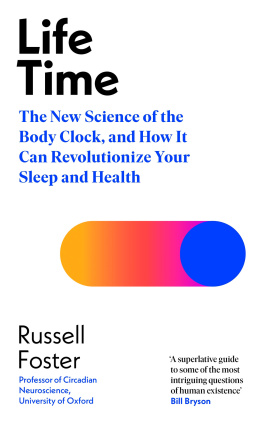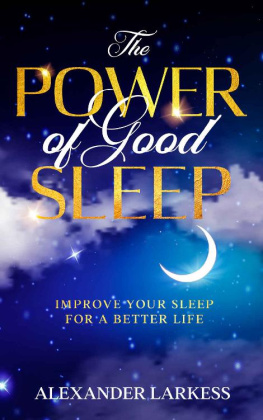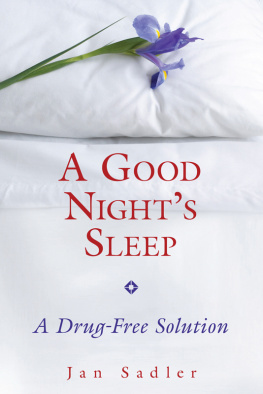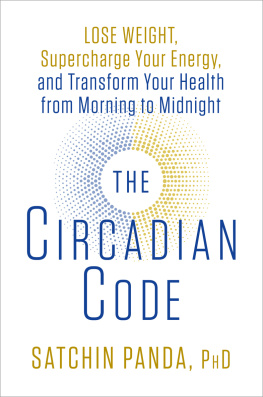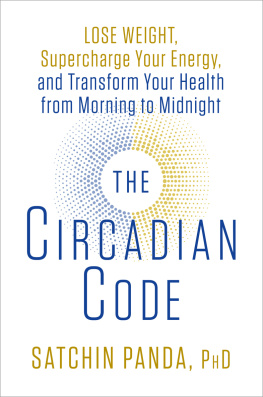Contents
My father was proud of being a physician trained in the scientific method so, not surprisingly, I became a doctor in the same mold. It took a process of personal evolution for me to recognize how valuable Ayurveda actually is, and how compatible it is with other approaches in the current wellness movement. Today, Ayurveda can realistically be called a pillar of integrative or whole system medicine.
When I wrote Perfect Health in 1991, which laid out the principles of Ayurveda for everyday life, I wondered if readers would embrace the appeal of making lifestyle choices very different from the Western default pattern. But I was encouraged by the natural interest people took in discovering their body type, the basic entry point into Ayurveda, which then leads to personalized diet and seasonal routines. Even more important, Perfect Health focused on consciousness as the most powerful agent for changing body and mind. A consciousness-based Ayurveda goes far beyond the notion of Ayurveda as alternative medicine. Instead, it is elevated to being about a persons evolution in every dimension: physical, mental, and spiritual. In the legends of Ayurveda, there are intense practices that supposedly created immortals; in real Ayurveda, you realize your status as immortal to begin with, defeating the illusion of birth and death.
But medicine in the Westand increasingly in India, China, and the East in generalhasnt focused on expanding awareness. Quite the opposite! The ideal has been to devise a kind of safety net based on eating the right foods, getting the right amount of exercise, managing stress, and controlling the various negative influences, like smoking and alcohol, that damage peoples health and shorten life expectancy. Society has reached a plateau in this regard, I think, because the notion of avoiding risk is anxiety-based. Wellness becomes an insecure state that is bound to be temporary given the many external assaults from the immediate environment.
Ayurveda doesnt contradict these measures for achieving wellness, but the primary focus is holistic balance, which leads to a profound trust in Nature, beginning with your own bodys connection to the environment. The entire Indian wisdom tradition comes down to ending separation and living in unity consciousness. It isnt that unity is a prize held out after a lifetime of arduous practice. Instead, unity is the ground state of existence, from which we have become separated. Returning to the ground state, or being authentic, must involve a natural way of life that keeps the bodymind in balance while also evolvingin other words, the development of the domain of consciousness, of the world in here, is all-important.
No system of alternative medicine can be expected to achieve unity consciousness. It is closer to the truth to use the Sanskrit term Upaveda, where veda means the teaching about reality and upa means close to or near. An Upaveda isnt pure spiritual teaching, but an adjunct or helper thats close to the pure teaching. In the West, this seems like a dubious role for medicine, because scientific medicine is essentially the equivalent of taking a car to a mechanic to have it repaired. In fact, the mechanistic approach taught in medical school is worn as a badge of honor: a good doctor ignores the changing, untrustworthy world of a patients inner feelings, thoughts, habits, inclinations, or anything else that is considered subjective. Even psychiatry, which is the one specialty that crosses the boundary into a patients inner world, has become largely a matter of matching symptoms with the appropriate drugall the time knowing that drug treatments are rarely if ever a cure for the underlying mental disorder.
When they arent visiting the doctor, people in everyday life spend very little time examining the lifestyle they grew up with, much less aiming for the Ayurvedic ideal, which is to be aware of shifting conditions and mind and body on a daily basis. Such awareness, in the sense of mindfulness, isnt the same as being anxious about what youre eating and how you feel. Taking the upa part of Upaveda seriously, the routine you follow every day and every season of the year is a helper in achieving a higher state of well-being on all fronts.
Coming to the focus of this book, Western medicine has been undergoing its own quiet revolution with the rise of chronobiology, the study of how time affects the physiology in gross and subtle ways. As mounting evidence has proven, timing is everything inside the body. Every process in trillions of cells is regulated by an internal clockone that turns out to be very similar to the one described in the Vedic texts. In fact, the critical importance of daily (circadian) rhythm may prove to be the link between ancient Ayurvedic practices and alleviating the modern epidemic of chronic diseases.
In 2017, three research physiologists won the Nobel Prize for their four decades of work unraveling the mysteries of the circadian rhythm in biology. They found that the diurnal rhythm of nature affects the functioning of cells in plants, animals, humans, and even some single-cell bacteria. Specific genes change the function of cells based on the time of day. While this may seem like an esoteric set of discoveries, the new field of chronobiology has practical applications that have revolutionary implications for the future of wellness.
It is well established by now that lifestyle choices can change the expression of our DNA, but what we have been learning recently is that its not enough to eat well, exercise a few times a week, and get sound sleep. As Ayurveda has taught for centuries, you must know which daily schedule works with your physiology and not against it.
This realization is what makes Change Your Schedule, Change Your Life such a valuable addition to the growing awareness of Ayurveda in the West. Despite all the best prevention advice, none of it disputed, millions of people routinely work too many hours and sleep irregularly with their cell phones next to their beds. They eat in a rush, even when not indulging in the national craving for fast food. Time sickness creeps into their daily activity, by which is meant living with one eye on the clock, constantly aware of deadlines and an overloaded list of duties and demands.
These unrealistic lifestyle expectations have become something acceptable, but new medical research is undermining the assumption that our bodies can adapt to the abnormal. Chronic imbalance has become a common situation affecting every cell, and the chief culprits are chronic stress and low-level inflammation. If the hunches of leading researchers are borne out, it could be true that literally every lifestyle disorder, including heart disease, obesity, hypertension, and type 2 diabetes, has its roots years and decades before symptoms appear. These roots are the imbalance caused at a subtle level by daily stress, which we take for granted, and chronic inflammation, which is so hidden few people would ever notice it.
The Ayurvedic prescription for a state of imbalance, which applies to both stress and inflammation, is to restore balance and then let the bodyminds natural preference for remaining in balance do the rest. In practical terms, we need to be moving and nourishing and resting our bodies in sync with natures rhythm. Once we do this, we find it easier to go to sleep at night and get up in the morning, to maintain a healthy weight, and to resist tempting but unhealthy foods. Its even easier to unplug from distractions and find more time for our personal goals.
Ayurveda has been teaching for millennia that there is a link between mind and body, founded on the unity of every natural process. Today Dr. Suhas Kshirsagar leads the next wave of Ayurveda in the West. His book, and its deep knowledge about chronobiology as it affects everyones daily schedule, looks to a future where self-care becomes far more important than relying on a doctor to make repairs after the symptoms of damage are apparent.

